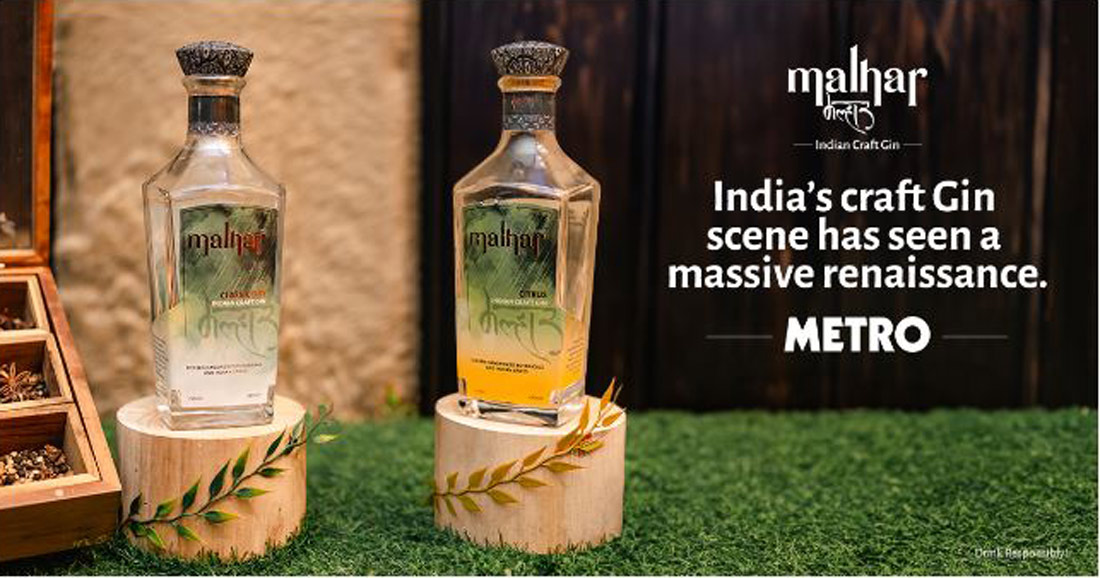
Published by Rob Buckhaven, on Dec 7, 2023
Indian craft gin is having a moment and I tried the best five
Why Indian gin, though? India is one of the world's fastest-growing alcoholic beverage markets and is carving out its own narrative on the back the juniper spirit.
And this is no colonial hangover from the days of the Raj, it's a symbol of cultural reclamation by a new generation of distillers, drinkers and mixologists.
India has a fascination with craft gin culture and geo-specific botanicals and flavours, celebrating a sense of place and history. Being the spice rack of the world, it houses an array of botanicals that make its gin unique.
Dried Himalayan juniper, for instance, which is commonly used in incense sticks, works incredibly well.
In fact, it has more woody, smoky and earthy notes than the commonly bulk-bought juniper from the Balkans and Italy.
Gin and tonic actually originated in India in the 18th century, and like pretty much everything bitter and boozy, it started off being used medicinally. The British East India Company used it to ward off and cure malaria via the quinine in tonic.
They added the 'G' to make the 'T' more palatable, along with sugar, water and lime. Winston Churchill even said: 'Gin and tonic has saved more Englishmen's lives, and minds, than all the medical treatments by doctors in the Empire.'
Fast-forward 150 years, it was only when the world recently woke up to gin and demand spiked that India started producing it again. As recently as ten years ago, its gin industry was tumbleweed-central, with not a crafty brand to its name.
These days, India is the world's fifth largest consumer and its craft scene has seen a massive renaissance.
Apparently, the older generation didn't actually like the flavour of gin that much but the country's millennials and older Gen-Zs are changing the game.
Malhar Classic Dry Indian Craft Gin
For fear of judging a gin on its packaging, I can't help it. I dig the dramatic, decanter-style bottle with the cork inspired by the Portuguese-style Azulejo tiles seen a lot around Goa, where this gin is made.
Produced via old-school copper pot still distilling, giving it more character, Malhar uses 15 botanicals including hibiscus, lavender and fennel.
It's juniper-forward, floral, peppery and zesty, perfection as a sipping gin or in a G&T.
Malhar Citrus Indian Craft Gin
I'm not usually one for overly citrussy gins as I like mine a little more au naturel, so this one surprised me.
This one is vapour infused with 11 botanicals, most notably nimbu, or Indian key lime. Hence the citrus in the name, which comes through in an elegant way, rather than giving off any slightly artificial aromas.
You'll also pick up notes of hibiscus and juniper, for woody-earthy low notes to offset the sweet citrus.
To read original news, Click Here.

